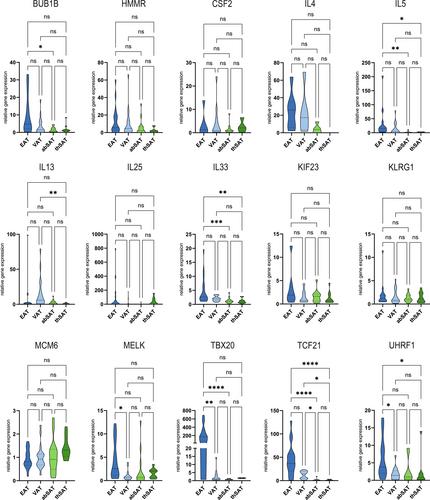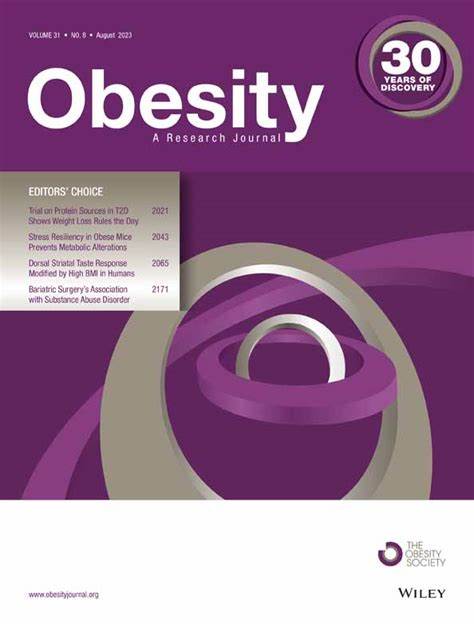Epicardial adipose tissue (EAT) is a visceral fat that has been associated with coronary artery disease and atrial fibrillation. Previous work has revealed that EAT exhibits beige features.
First, a new pan-genomic microarray analysis was performed on previously collected paired human EAT and thoracic subcutaneous AT (thSAT) from the EPICAR study (n = 31) to decipher a specific immune signature and its link with browning genes. Then, adaptive (T and B cells) and innate lymphoid cell (ILC1, ILC2, and ILC3) immunophenotyping assay panels, including CD127, CD117, and prostaglandin D2 receptor 2, were performed on prospectively collected paired human multiorgan donors (n = 18; INTERFACE study).
In the EPICAR study, a positive correlation between the T helper cell subtype Th2 immune pathway and browning genes was found in EAT versus thSAT (r = 0.82; p < 0.0001). In the INTERFACE study, this correlation was also observed (r = 0.31; p = 0.017), and a preponderance of CD4+T cells, CD8+T cells, and a few B cells was observed in all ATs (p < 0.0001). An increase in ILCs was observed in visceral AT (VAT) (i.e., EAT + VAT; 30 ± 5 ILCs per gram of AT) compared with subcutaneous counterparts (i.e., thSAT + abdominal SAT; 8 ± 2 ILCs per gram of AT; p = 0.001), with ILC1 being the most frequent (ILC1 > ILC3 > ILC2). Numbers of ILCs per gram of AT correlated with several Th2 or browning genes (IL-13, TNF receptor superfamily member 9 [TNFRSF9], and alkaline phosphatase, biomineralization associated [ALPL]). Interestingly, a specific increase in EAT-ILC2 compared with other ATs was observed, including a significant proportion expressing CD69 and/or CD25 activation markers (97.9% ± 1.2%; p < 0.0001). Finally, more natural killer cells were observed in EAT + VAT than in thSAT + abdominal SAT (p = 0.01). Exclusion of patients with coronary artery disease in the EPICAR and INTERFACE studies did not modify the main findings. Gene expression phenotyping confirmed specific upregulation of Th2 pathway and browning genes (IL-33 and uncoupling protein 1 [UCP-1]) in EAT.
This is the first study, to our knowledge, to provide a comparison between innate and adaptive lymphoid cells in human EAT. Further studies are ongoing to decipher whether these cells could be involved in EAT beiging.



